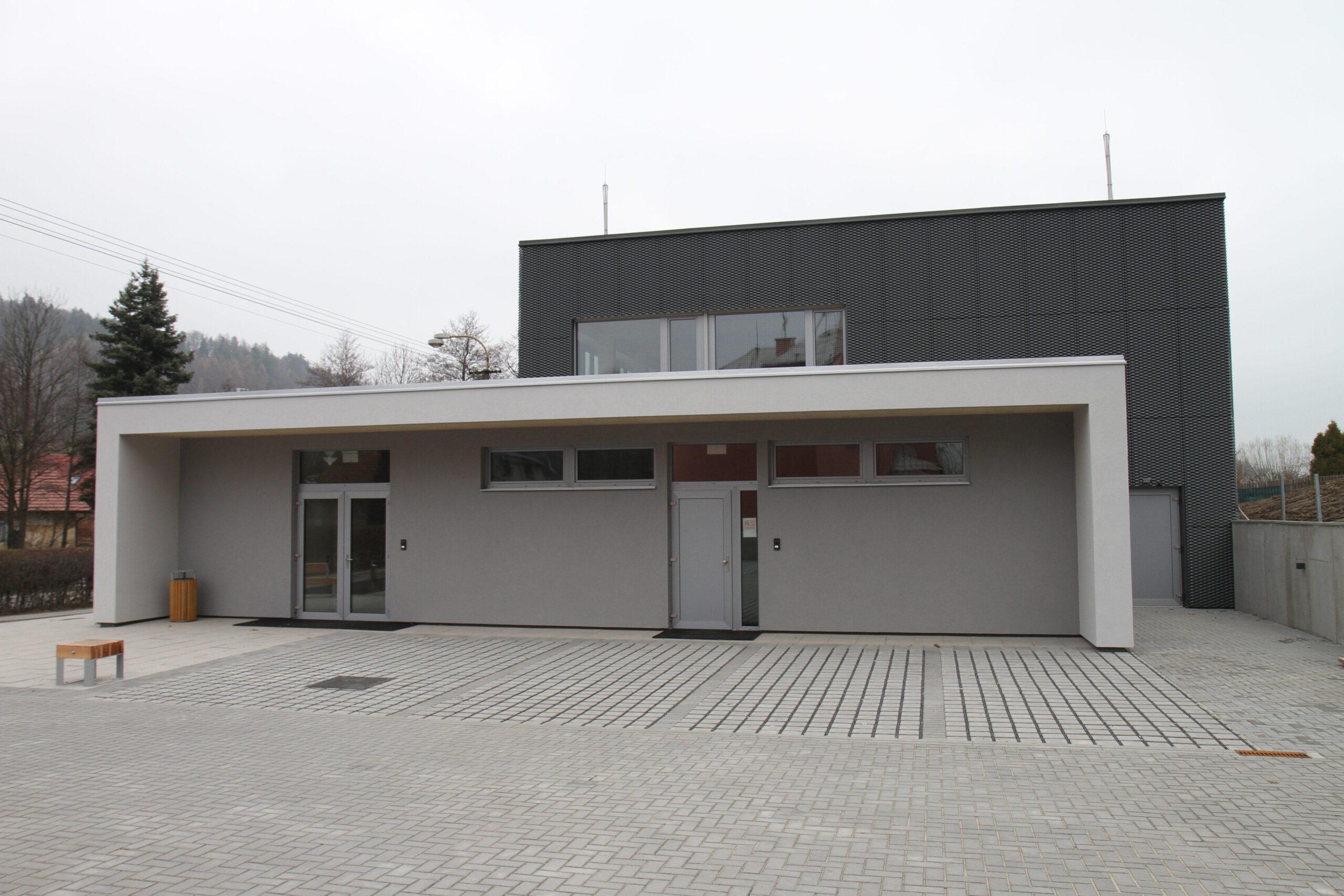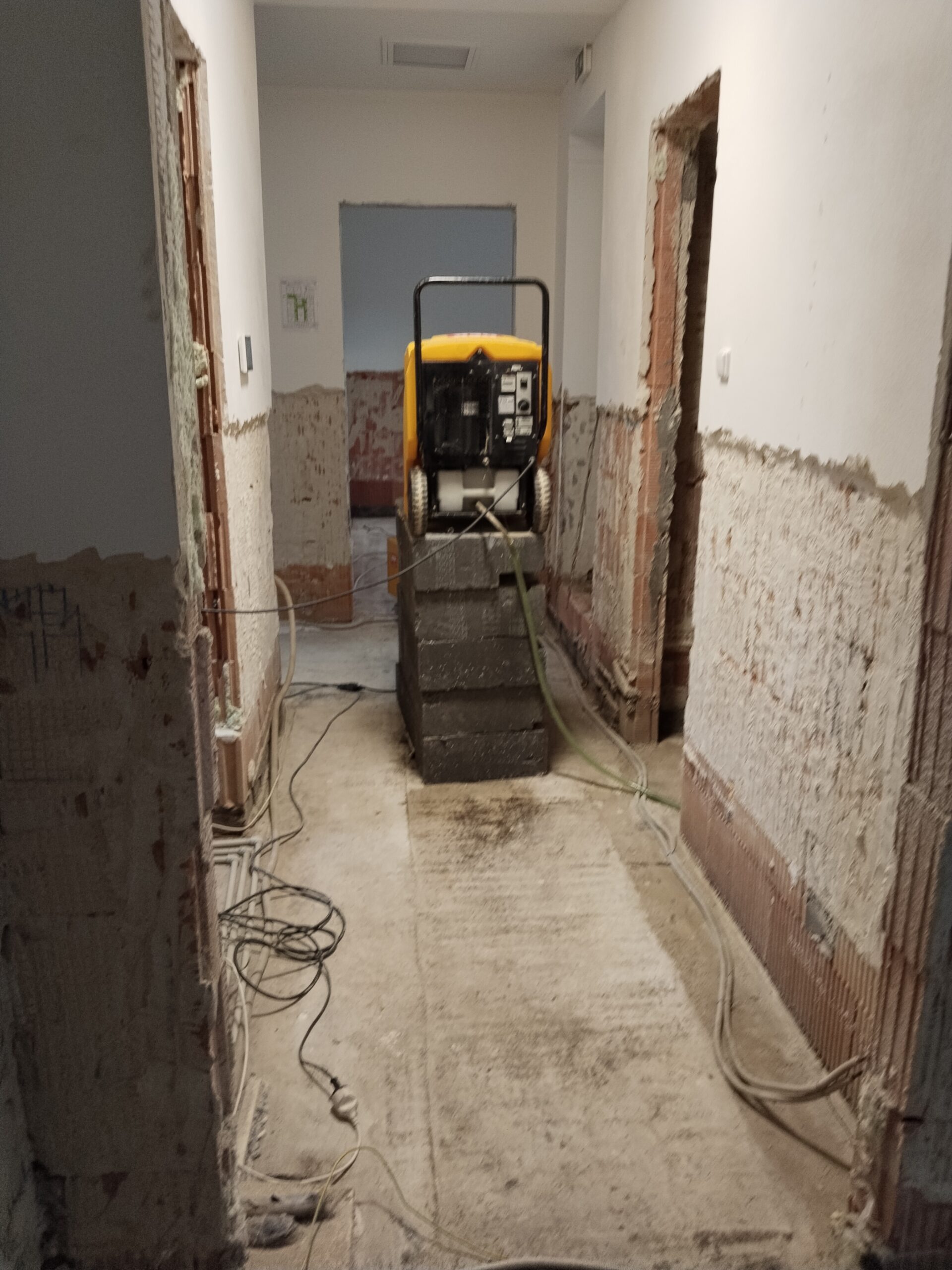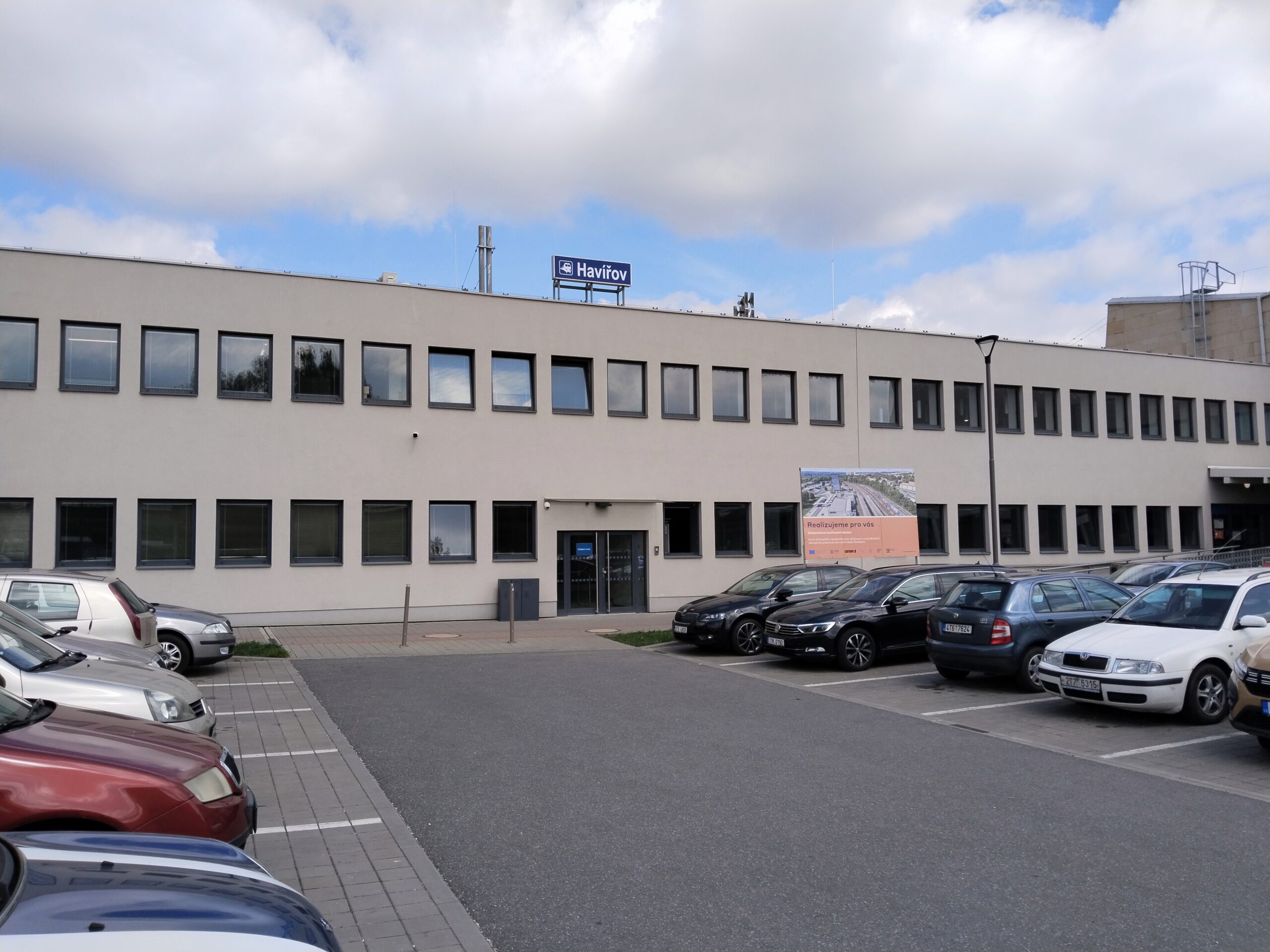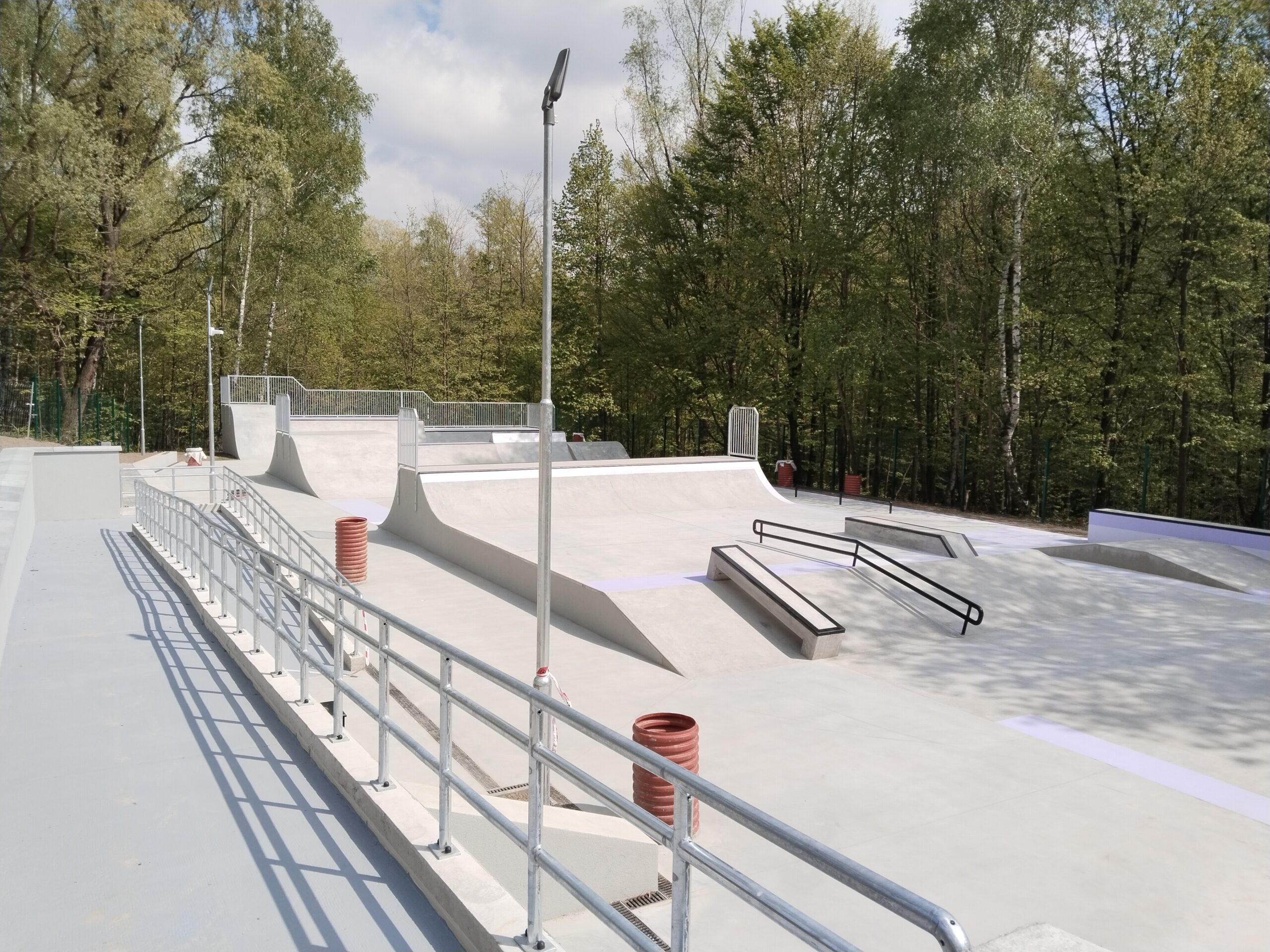Stadiums
Stadiums are impressive sports complexes where a variety of events take place. Modern stadiums are not limited to sports; many are equipped with advanced theatre technology. Sound systems, lighting and visual effects enhance the appeal of events and provide spectators with an unforgettable experience. With these technologies, organisers have a wide range of options when it comes to creating atmosphere and creating dynamic environments that encourage emotion and audience engagement. Thanks to advances in technology, stadiums are becoming multifunctional spaces capable of hosting a variety of events and meeting the needs of a wide range of stakeholders.

Technologies used
Audio and video engineering
In cinemas, they provide high quality sound and picture during film screenings, contributing to the overall experience of film productions. In theatres, they support the atmosphere and impact of the performance through lighting, sound effects and projections. In cultural venues, they enable the presentation of multimedia content, concerts, exhibitions and other events. These technologies therefore play a key role in how audiences and visitors perceive and experience different cultural and artistic experiences.
Fabric equipment
These elements are used for creating atmosphere, separating scenes and spaces, sound attenuation and aesthetic decoration. For example, curtains and drapes are used to cover a scene or as a backdrop for projections. Stage sets can then be various forms of backdrops or spatial elements that help create different environments and atmospheres within a performance. Acoustic panels are used to dampen sound reflections and improve the acoustics in the room. Overall, fabric furnishings contribute to the overall visual impact and functionality of the space for the audience and performers.
Stage and stage equipment
Staging and stage facilities are key infrastructure for theatre, film and other productions. These include moving stages, curtains, backdrops, scenery, furniture and special effects. A moving stage allows for variability during performances, while curtains and scenery allow for quick script changes. Decorations and furniture create atmosphere. Special effects add magic and drama. Sound and lighting systems support the atmosphere and directorial intent. These elements, along with the actors, create a memorable experience for the audience and allow the creators to realize their vision.
Mechanical technology
Machine technology in theatres, cinemas and cultural houses includes various devices and systems for movement, manipulation and effects during performances and events. In theatres, it is involved in stage movement and scenery manipulation. In houses of culture it is used to support events such as concerts, theatre performances and conferences. This can include moving stages, lifting systems for lighting and sound, and special effects such as pyrotechnics and moving scenes. Machine technology plays an important role in providing movement, effects and other technical aspects in these spaces.
Acoustic systems
In theatres, cinemas and community centres, acoustic systems are essential for a quality sound experience. Properly designed loudspeakers and sound systems provide clear and balanced sound for dialogue, music and effects. Well-designed room acoustics are a prerequisite, and this is achieved by choosing the right acoustic panels and other acoustic systems. In cultural venues, they are crucial for events such as concerts or lectures, where they enable optimal sound distribution throughout the space. Acoustic systems thus contribute to the overall experience of the audience and listeners.
Scenic lighting
Stage lighting is the art and technique of lighting a space, especially on theatre stages, concerts and more. Its aim is to create an atmosphere, evoke a mood and enhance the visual impression of the performance. It uses different types of lights, filters and controls to achieve the desired effect, such as changes in color and intensity. Professional stage designers work with lighting designers to develop a lighting concept that matches the overall vision of the show. The lighting thus created plays a key role in the audience’s experience.
Automation
Automation in theatre technology is the use of modern technology and software to improve and simplify the operation of theatre performances.
Inquire theatre technology
Implementation
Here you can take a look at our portfolio to explore the projects we have successfully completed in recent years. Take a look at our work and get inspiration for your own projects.














